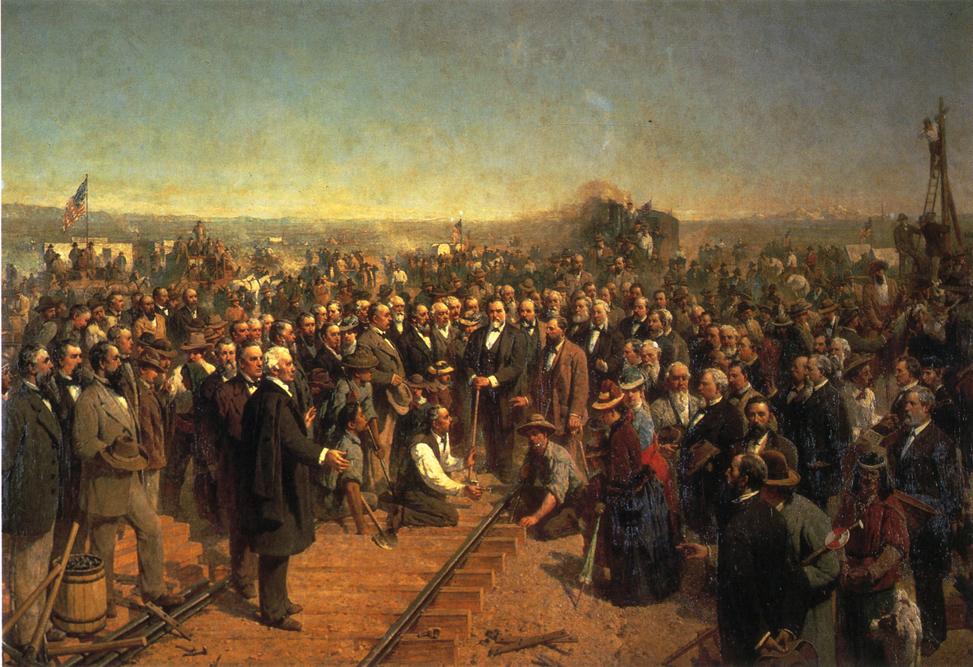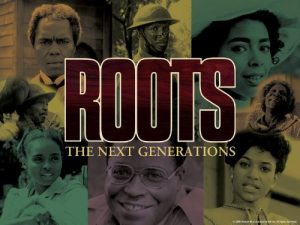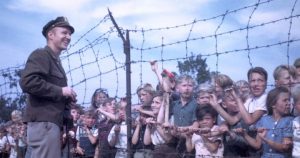The first transcontinental railroad was 1,912 miles long, and was built to connect the east and the west coasts of the United States. It was commissioned by Congress in 1862. In the 1850s Congress saw that an effective rail network connecting the east to the west was needed to help with the rapid westward settlement. Before the Civil War, Congress needed to find the best route to the Pacific, so it commissioned a number of surveyors. Both Northern states and Southern states wanted the route to begin in their regions, which kept the Senate from being able to pass any legislation on the transcontinental railroad until the Southern states seceded from the Union in 1861. With the absence of Southern legislators from Congress, the northern route to the Pacific now met with little opposition. On July 1, 1862, the Pacific Railway Act became law and it offered incentives to men who were willing to help develop this first transcontinental railway. The two railway companies that were authorized to construct the rail network was the Union Pacific and the Central Pacific Railroad Companies. They were given government bonds and vast land grants.1
The Central Pacific was founded in 1861 by a group of California merchants known as the big four: Collis P. Huntington, Leland Stanford, Mark Hopkins, and Charles Crocker. They were best known for building the part of the transcontinental railroad that started in Sacramento, California, with Huntington representing the company in the East, handling the financing and purchasing aspects, and acting as a lobbyist. Crocker was in charge of the construction aspects, and Stanford, who was the governor of California in 1862–63, saw to the company’s financial and political interests in the West. To see to their need for labor, they employed thousands of Chinese laborers who made up between 80-90% of the Central Pacific work force, to work their way through the Sierra Nevada mountain range to meet the Union Pacific on the other side.2

With the Central Pacific building from the west, the Union Pacific was building from the east to meet up with them. The Union Pacific was incorporated by the Pacific Railway Act as well. It built 1,006 miles of track westward from Omaha Nebraska to meet the Central Pacific in Promontory, Utah, on May 10, 1869. Federal loans and land grants largely financed the company, like the Central Pacific, but the Union Pacific became embroiled in scandal when its financial branch, the Crédit Mobilier, was discovered to have individuals amassing enormous amounts of profits at the public expense. After discovery of this scandal of government funds, it almost destroyed the company. It still had a huge amount of debt in 1893, when it went under new ownership.3

Despite the scandal, the first transcontinental railroad was finally connected at Promontory, Utah on May 10, 1869 with an elaborate ceremony. Thomas Durant of the Union Pacific and governor Stanford of the Central Pacific took turns hammering the final “golden spike” into the ties that united the railways. As the celebration ended and the railroad was open for business, the impact was felt immediately as the travel time between the east and west was dramatically reduced from a few months to a simple week or less.4 The impact that this had on the United States was significant. It shortened the travel time and expanded interstate trade. It helped to spread ideas, and it also helped spread American culture, as the American people saw manifest destiny take on a very real form.
- Gale Encyclopedia of American Law, 2010, s.v. “Pacific Railroad Act,” edited by Donna Batten. ↵
- Development of the Industrial U. S. Reference Library, 2006, s.v. “Biographies,” Eds. Sonia G. Benson, Jennifer York Stock, and Carol Brennan. ↵
- Gale Encyclopedia of U.S. Economic History, 2000, s.v. “Union Pacific Railroad Company.” ↵
- Dictionary of American History, 2003, s.v. “Promontory Point,” by Oscar Osbur Winther. ↵



42 comments
Samuel Stallcup
The Transcontinental Railroad was quite the amazing feat during this time period because there was not a real mode of exceptional transportation. Much of the traveling done was either on horseback or on foot. Although this railroad was mostly used for interstate trade, it was still used for civilians to travel to other states. This article was well-written and I enjoyed it a lot!
Samuel Ruiz
The history in this article is great. IT was filled with a good amount of information. I had once read about the transcontinental railroad but never payed attention to detail. After reading this article, I learned about the scandal that nearly ruined the project, and about how the result of the Civil War became the deciding factor of the placement of the railroad coming from the east coast.
Erik Shannon
This is a very interesting article. I have previously heard of the transcontinental railroad before reading this article in high school. The construction on the railroad took a while, but it turned out to be a historical event that changed the world. Things have changed allot since this day it was first created. All in all, this was a very informative article.
Troy Leonard
first off16 years to build an railroad is a long to build. it takes to determination to even take on a task that was so lengthy. their economy really depended on rail roads back in the day. their still important to now but we have to many advantages to transportation now so we can get things across the country faster and more efficient
Jennifer Pogue
Awesome article! Although it was very informative, it was fun to read. I can’t believe it took sixteen years to build the railroad. They do take a long time to build the roads in San Antonio, but much less than sixteen years. The railroads was the beginning of a huge change and transportation that still effects the world today. Overall great article!
Cameron Mays
Often, the railroads are grossly underrated in terms of their historical impact, so I’m glad that you wrote an article over it. To further on that, it seems like you did decent research and wrote a pretty good article. I specifically liked your introductory paragraph because it immediately reassured me of what I was going to read. I wish you would have made your article a little longer and included some more information because I know there is a lot more that you could have talked about. If that was done then your article would have been much better.
Gabriela Medrano
The first transcontinental railroad was a significant advancement in the economy, social community, and the lives of many people across America, which is greatly expressed in your article. Also, your information gives good insight into what the situation was like between the North and the South. I found interesting that the Chinese were main contributors to building railways, I would have never guessed. Great article and interesting read!
Roberto Tijerina
This is really interesting topic! From the beginning of problems in congress to the debt of the companies after the railroad was built, this must have been a real big pain to actually get made. Just to think that this railroad started at two different sides of the country at the same time, and that they just hoped the lines would match up! Even though it was a hassle I know that the railroad did help increase the expansion of the Union westwards.
Samuel Sanchez
This was an interesting article on the first international rail road. I did not know that 80-90% of the construction workers were Chinese. They spent a lot of time developing the railroad but they were able to make a change in the world. It made travel time be reduced from months to weeks or less. And it also help in the trading aspect in the country as well since it made getting certain supplies a lot easier which helped benefited the economy.
Nicolas McKay
I can certainly see why they were called the Big Four, their stomachs were huge! All kidding aside this was a great article. I ave always been interested in trins and railroads, so I took great interest in learning their origins. I never wold have guessed there would have been such scandal behind its creation such as the embezzling of government funds. You did a great job telling a great story. This was truly manifest destiny at its finest.